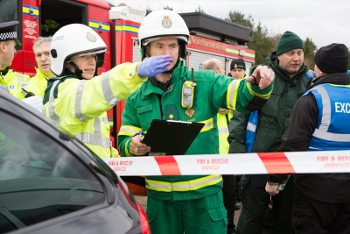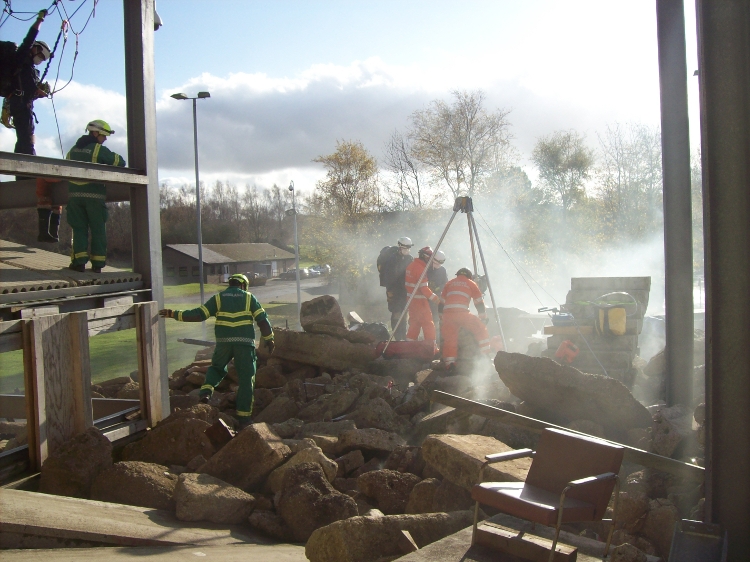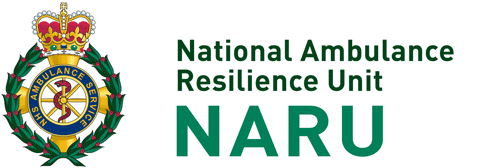
One of the main reasons NARU exists is to ensure the ongoing effectiveness and development of all interoperable capabilities for NHS ambulance services.
These interoperable capabilities are nationally specified under the NHS England Emergency Preparedness, Resilience and Response (EPRR) Core Standards and represent a significant contribution to several Government strategies and the NHS response to risks set out in the National Risk Register of Civil Emergencies such as:
- Hazardous materials
- MTFA (Terrorist attacks involving firearms)
- Chemical / Biological / Radiological / Nuclear / Explosives
- Safe Working at Height
- Confined Space
- Unstable Terrain
- Water Rescue and Flooding
- Support to Security Operations
- Patient Decontamination
- Command & Control
- Mass Casualties
The use of these capabilities is increasing year-on-year and during 2016/17, responded to 19,602 incidents. Of those responses, the capabilities were deployed into a hazardous area to provide patient care at 12,689 incidents.
Christian Cooper, NARU Head of Compliance, says:
“Interoperable capabilities are used to provide NHS care inside high-risk environments or the inner cordon of incidents. They require a safe system of work compatible with the Health and Safety at Work Act 1974 and its subsequent provisions.
To ensure the capabilities can be scaled up to meet the needs of a national emergency, all Ambulance Trusts must maintain strict compliance with the nationally specified safe system of work.
This allows specialist Paramedics (and other clinicians) to work together using the same procedures, equipment and training. The end aim is increased survival rates, improved clinical outcomes and enhanced responder safety.”

The interoperable capabilities are mandated through a set of national contract standards that help Ambulance Trusts to remain compliant with the NHS England EPRR Core Standards.
These core standards are set by NHS England according to service specifications or recommendations provided by NARU and include 21 contract standards for HART, 19 contract standards for MTFA and 14 contract standards for CBRN.
Mass Casualties and C2 are currently being specified with no pre-existing standards other than those contained within the generic EPRR standards.
For more information contact christian.cooper@wmas.nhs.uk
